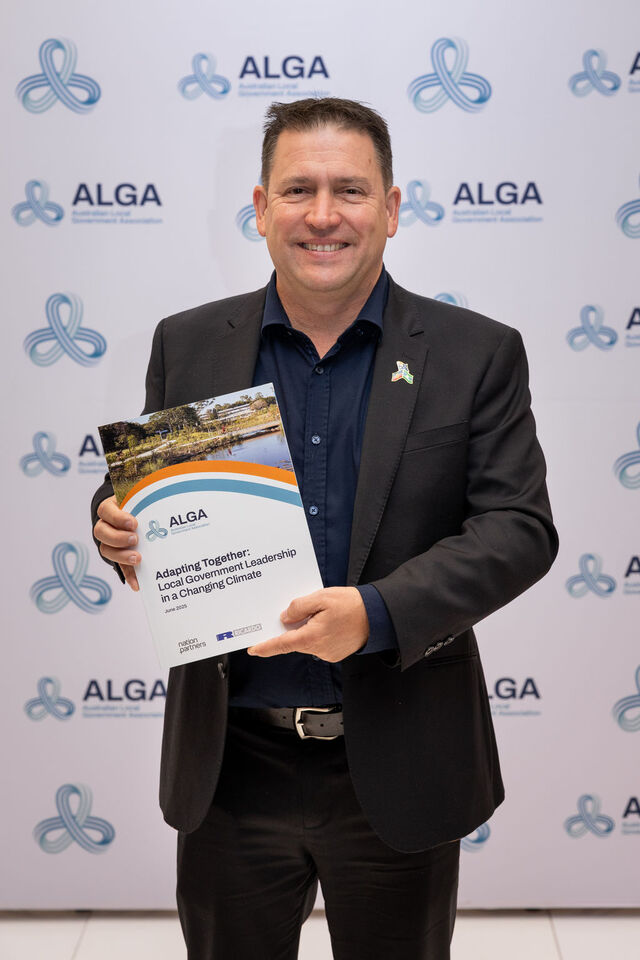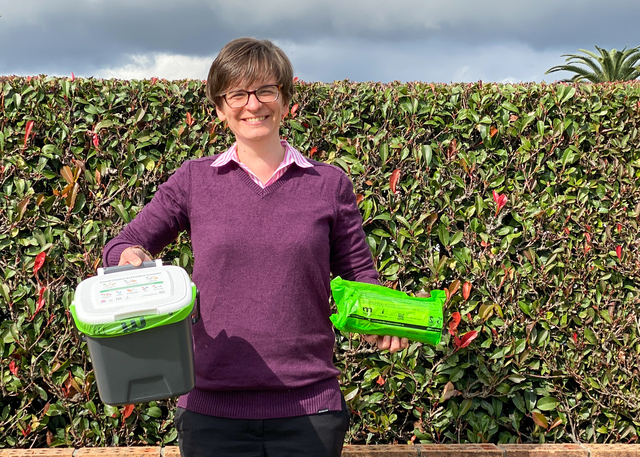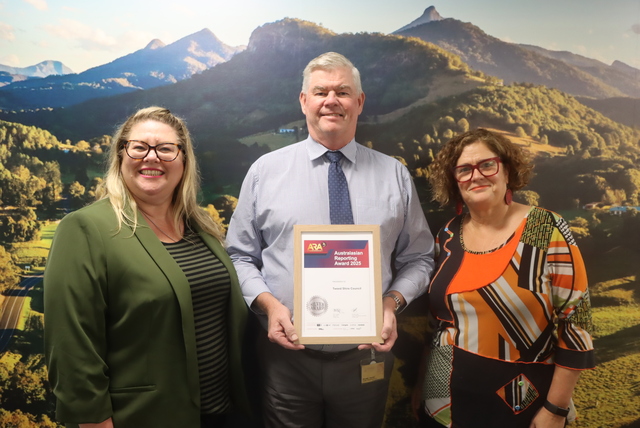A University of Technology Sydney, structural engineering expert has devised a bridge testing system which will help save lives and millions of dollars in road maintenance costs for local Councils. UTS Engineering Faculty Professor Bijan Samali bashes bridges with a special hammer to see if they are likely to collapse.
The safe, accurate test costs about $5,000 per bridge, which is 75 percent less than other tests that cost around $20,000. Professor Samali believes that his simple idea has the potential to save lives and money, especially in rural and regional Australia.
“It’s about saving lives, and about maintaining infrastructure,” Professor Samali said. “It gives Councils the management tool to prioritise their maintenance and to budget for it. A collapsed bridge is liable to kill or injure drivers, as well as cause road delays and infrastructure problems. Local Government in this country is responsible for over 20,000 bridges. More than 70 percent are aging timber bridges and no one really knows how safe they are any more.
“Commercially, this is one of our most promising projects; it’s simple, tangible and small scale.”
To test a bridge, the engineers attach sensors underneath the bridge girders, then hammer the bridge at the centre of a span. They measure the vibration response of the bridge unloaded, and then with a load such as a mass block, truck or grader at midspan. The whole process takes only a few hours. The engineers use special software to analyse the two sets of measurements and calculate the bridge’s stiffness and then strength, leading to an estimate for the load carrying capacity, for example 20 tonnes.
“A risky and expensive way to test a bridge is proof testing by putting a very large load and see if it can carry that,” Professor Samali said. “This is dangerous, and probably damages the fibre so much that the next load may collapse it. Believe it or not, that is a very popular way to test bridges. Bridges have certain characteristics: as the truck goes over, the bridge oscillates. We use this oscillation of the bridge to determine its health.”
The project was presented to the Institution of Public Works Engineering Australia NSW Conference held in Coffs Harbour in November last year.
“We are hoping to get more contracts from Councils to test their bridges,” he said. “The most attractive feature of this is the cost.”
For further information contact Professor Samali at UTS Faculty of Engineering, on (02) 9514 2023.







